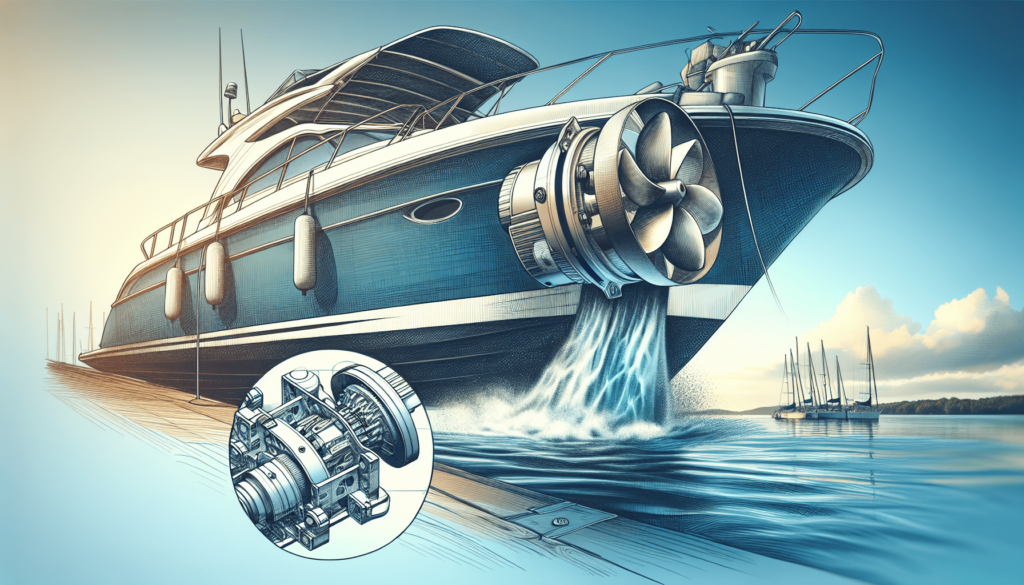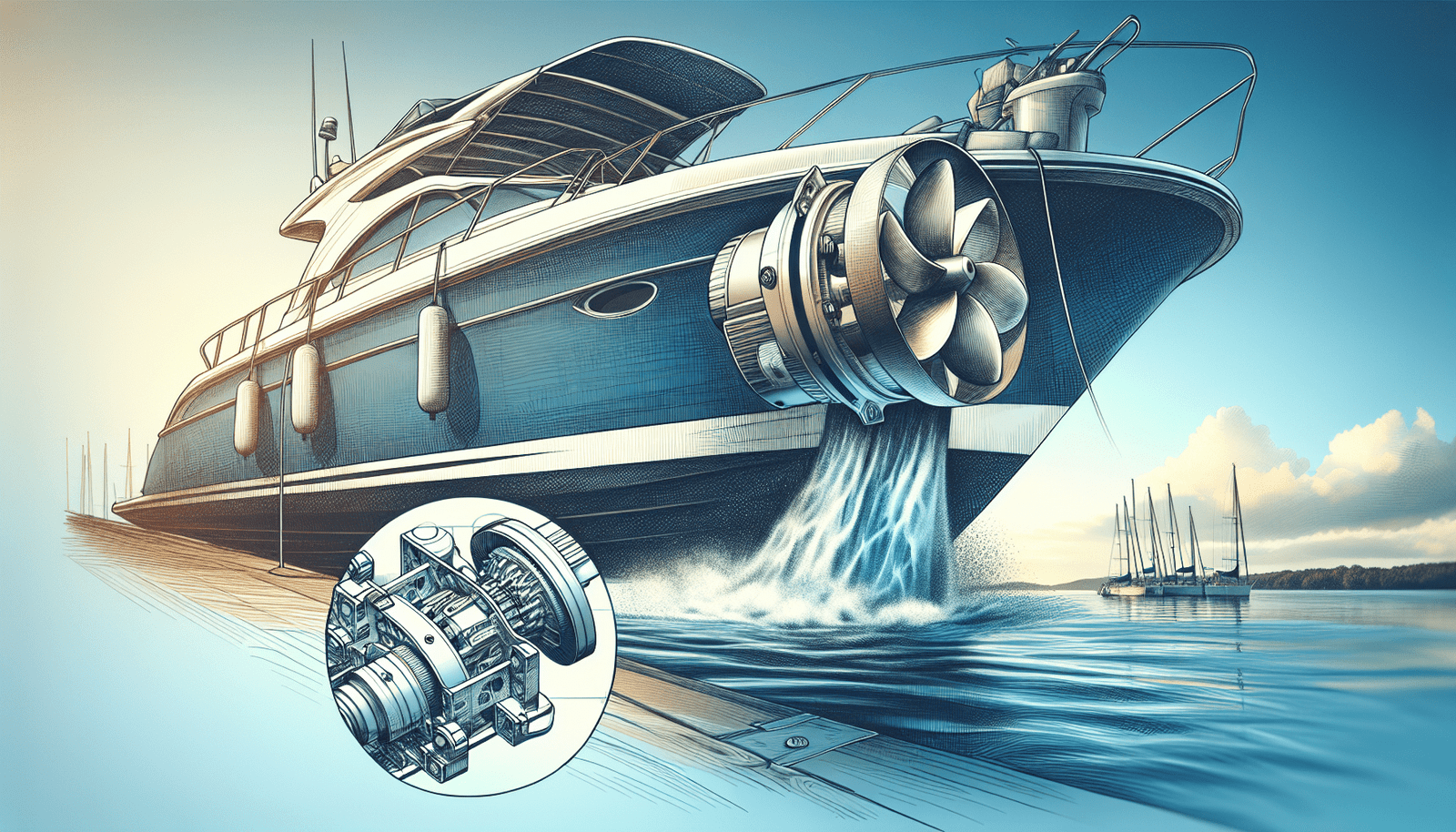So, you’ve finally decided to take your boat to the next level and add a bow thruster. Congratulations! Adding a bow thruster to your boat can greatly enhance maneuverability, making docking and navigating tight spaces a breeze. Whether you’re a seasoned sailor or a boating enthusiast, this article will guide you through the process of adding a bow thruster to your boat, providing you with all the necessary steps and tips to ensure a successful installation. Get ready to experience a whole new level of control on the water!
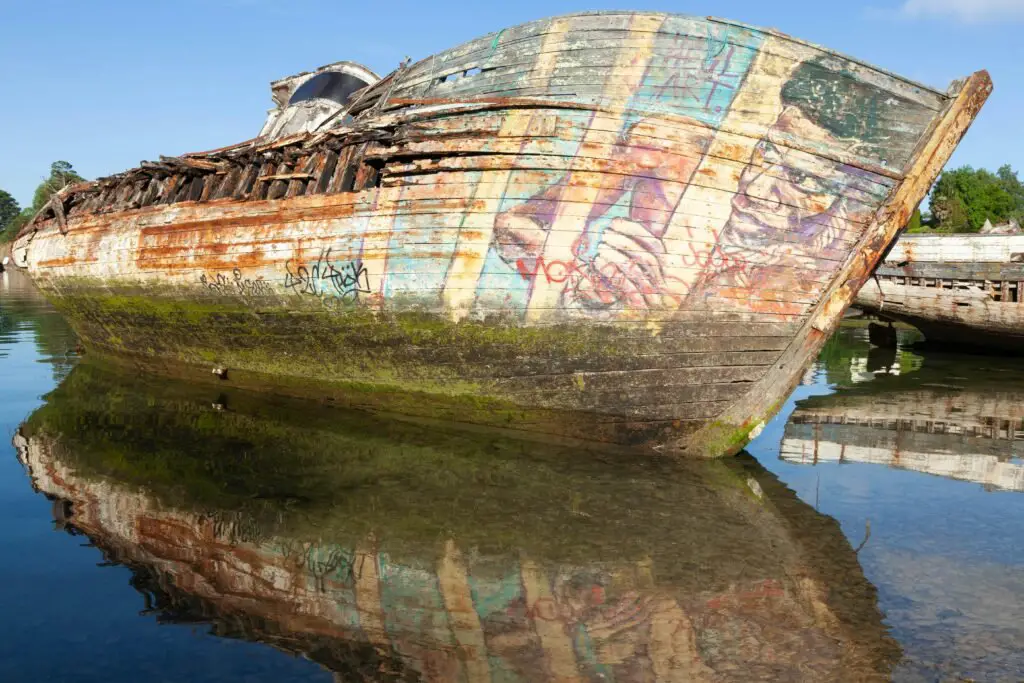
Understanding Bow Thrusters
What is a Bow Thruster?
A bow thruster is a device that helps in maneuvering a boat or a ship by creating a sideways thrust. It is typically installed in the bow (front) of the vessel and provides additional control and maneuverability, especially in tight spaces and challenging docking situations. The bow thruster works by pushing water to the side, allowing the boat to move sideways without forward momentum.
Why Install a Bow Thruster?
Installing a bow thruster on your boat can greatly enhance its maneuverability, making it easier to navigate through tight spaces and crowded marinas. It provides additional control, especially in challenging docking and mooring situations, reducing the risk of accidents and damages to your boat. A bow thruster can also increase safety by allowing you to respond quickly to unexpected situations, such as strong winds or currents. Overall, it is a valuable addition that can improve your boating experience.
Assessing Your Boat
Boat Type and Size
Before installing a bow thruster, it is essential to assess your boat’s type and size. Not all boats may be suitable for a bow thruster installation, and the type and size of the boat will determine the compatibility and effectiveness of the thruster. Smaller boats may not have the necessary space or stability to accommodate a bow thruster, while larger vessels may require more powerful thrusters.
Hull Design and Material
The hull design and material of your boat also play a crucial role in determining the feasibility of installing a bow thruster. Some hull designs, such as displacement hulls, may require different types of thrusters compared to planing hulls. Additionally, the construction material of the hull, such as fiberglass or steel, can influence the installation process and the type of thruster that can be used.
Types of Bow Thrusters
Electric Bow Thrusters
Electric bow thrusters are the most common type of thrusters found in recreational boats. They are powered by electricity and are relatively easy to install and operate. Electric thrusters are generally quieter, more compact, and require less maintenance compared to other types. They are available in various sizes and power ratings, making them suitable for a wide range of boat sizes.
Hydraulic Bow Thrusters
Hydraulic bow thrusters use hydraulic power generated by the boat’s main engine or a separate hydraulic system. They are known for their high power and are commonly used in larger boats and commercial vessels. Hydraulic thrusters can provide greater thrust and are generally more durable, but they can be more complex to install and maintain. They require additional hydraulic equipment and may involve professional installation.
Stern Thrusters
While bow thrusters are installed in the bow of the boat, stern thrusters are installed in the stern (rear). Stern thrusters work in a similar way to bow thrusters, providing sideways thrust for improved maneuverability. They can be used in conjunction with bow thrusters or as a standalone system, depending on the specific needs and design of the boat. Stern thrusters are particularly useful for boats with twin propellers or in situations where a bow thruster alone may not be sufficient.
Considerations Before Installation
Cost and Budget
Installing a bow thruster can be a significant investment, and it is essential to consider the cost and budget for the installation. The cost will depend on various factors, including the type and size of the thruster, installation complexity, and any additional equipment or modifications required. It is advisable to research and obtain quotes from reputable suppliers or professionals to determine the overall cost and budget accordingly.
Space and Accessibility
Another crucial consideration is the available space and accessibility on your boat. Bow thrusters require sufficient space in the bow area for installation, including the necessary clearance above and below the waterline. Additionally, accessibility for maintenance and potential repairs should also be taken into account. Assessing the available space and ensuring it meets the requirements are crucial to ensure a successful installation.
Power Supply
Bow thrusters require a power supply to operate effectively. Electric thrusters typically rely on the boat’s battery bank, while hydraulic thrusters require hydraulic power from the main engine or a separate hydraulic system. It is important to assess your boat’s electrical or hydraulic capabilities and ensure they can meet the power demands of the chosen thruster. Upgrading the battery bank or hydraulic system may be necessary in some cases.
Professional Help
While some boat owners may have the skills and experience to install a bow thruster themselves, it is recommended to seek professional help for a safe and successful installation. Professional installers have the knowledge, expertise, and specialized tools to ensure that the thruster is installed correctly and meets all safety standards. They can also provide valuable advice and guidance during the planning and installation process.
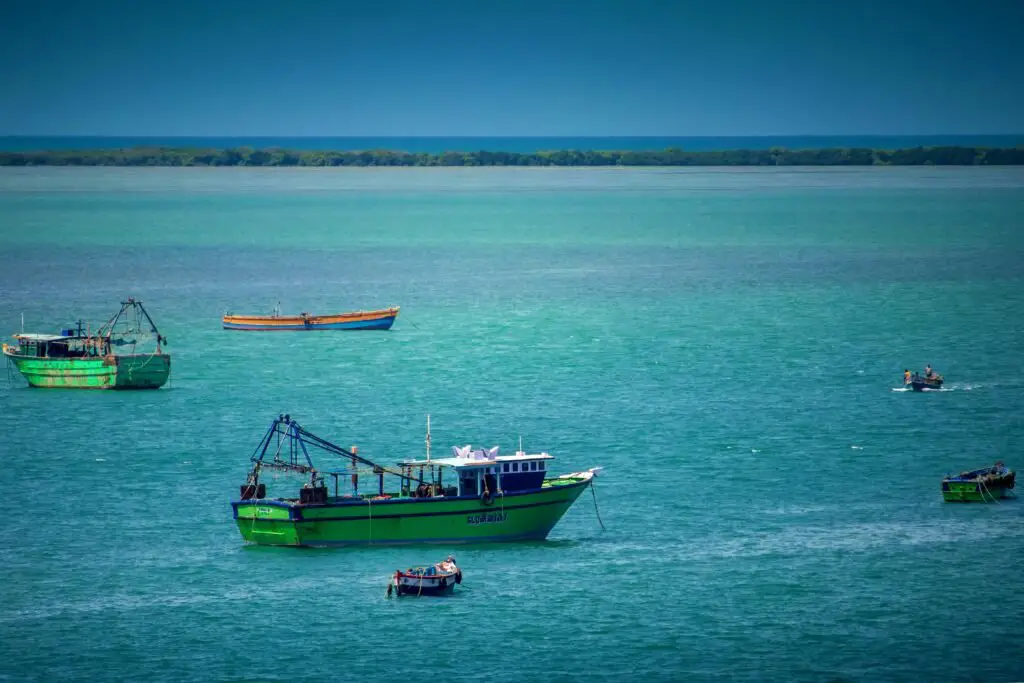
Tools and Materials Needed
Thrust Calculator
A thrust calculator is a useful tool for determining the appropriate size and power of the bow thruster required for your boat. It takes into account factors such as boat length, displacement, windage, and expected usage to provide an estimate of the thrust needed. Using a thrust calculator helps ensure that you select a bow thruster that is suitable for your specific boat requirements.
Bow Thruster Kit
The bow thruster kit includes all the necessary components for the installation, such as the thruster unit, tunnel, control panel, mounting brackets, and wiring connections. It is important to choose a kit that is compatible with your boat’s size, type, and installation requirements. The kit should also come with detailed instructions and diagrams to guide you through the installation process.
Battery Bank
For electric bow thrusters, a reliable and appropriately sized battery bank is crucial. The battery bank should have enough capacity and power to supply the bow thruster consistently. It is recommended to use deep-cycle marine batteries specifically designed for this purpose. The number of batteries required will depend on the bow thruster’s power requirements and the expected usage.
Cables and Connectors
Proper cables and connectors are necessary to ensure a secure and efficient electrical connection between the battery bank, thruster unit, and control panel. It is important to use marine-grade cables and connectors that are designed to withstand the harsh marine environment and minimize voltage drop. The cable size should be appropriate for the current requirements of the bow thruster.
Drill and Bits
A drill and suitable drill bits are essential for cutting holes and mounting the thruster unit and tunnel. The drill should be powerful enough to pierce through the hull material without causing damage. It is important to use proper drilling techniques to ensure accurate and clean holes that will facilitate a seamless installation.
Wiring Tools
Various wiring tools such as wire cutters, strippers, crimpers, and heat shrink tubing are necessary for properly connecting and insulating the electrical wires. These tools ensure secure and durable connections that can withstand the marine environment and prevent electrical issues. It is important to select high-quality tools that are suitable for marine wiring applications.
Sealant and Adhesive
To ensure a watertight and secure installation, marine-grade sealant and adhesive should be used to seal the thruster unit, tunnel, and any drill holes. The sealant provides protection against water intrusion and potential leaks, while the adhesive helps bond the components securely. It is important to choose a sealant and adhesive that are compatible with the boat’s hull material and can withstand the marine environment.
Safety Equipment
During the installation process, it is crucial to prioritize safety. Safety equipment such as gloves, safety glasses, and a life jacket should be worn to protect against potential hazards. Additionally, having a fire extinguisher and a first aid kit readily available is always a good practice.
Step-by-Step Installation Guide
Preparation and Planning
Before starting the installation, thoroughly read the bow thruster kit’s instructions and familiarize yourself with the components and installation process. Create a detailed installation plan, considering factors such as the boat’s layout, power supply, and accessibility. Gather all the necessary tools and materials, ensuring that everything is readily available before starting.
Locating the Bow Thruster Position
Based on the bow thruster kit’s instructions and your boat’s design, locate the ideal position for the thruster unit and tunnel. Consider factors such as convenient access, clearance above and below the waterline, and structural integrity of the boat. Use the drilling template provided in the kit to mark the drilling points accurately.
Cutting the Hole
Using a drill and appropriate drill bits, carefully cut the hole for the thruster tunnel. It is crucial to follow the instructions and drilling template precisely to ensure accurate placement. Take caution to prevent damage to the hull and have someone assist you in stabilizing the drill if needed.
Installing the Tunnel and Thruster
Insert the tunnel into the drilled hole and secure it using the provided brackets and adhesive. Ensure that the tunnel is properly aligned and centered. Next, mount the thruster unit on the tunnel, following the manufacturer’s instructions. Use the provided mounting brackets and hardware to secure the thruster unit firmly. Double-check all connections and ensure everything is tightly fastened.
Wiring and Connections
Connect the bow thruster unit to the battery bank and control panel following the provided wiring diagram. Use the appropriate cables, connectors, and wiring tools to ensure secure and proper connections. Take extra care with the electrical wiring, ensuring that all connections are insulated and protected to prevent short circuits or electrical hazards.
Testing and Adjustments
Once the installation is complete, it is crucial to thoroughly test the bow thruster. Test its functionality and check if it is operating smoothly and without any issues. Make any necessary adjustments as needed, such as fine-tuning the positioning or adjusting the control panel settings. Conduct multiple tests in different conditions to ensure that the bow thruster is performing optimally.
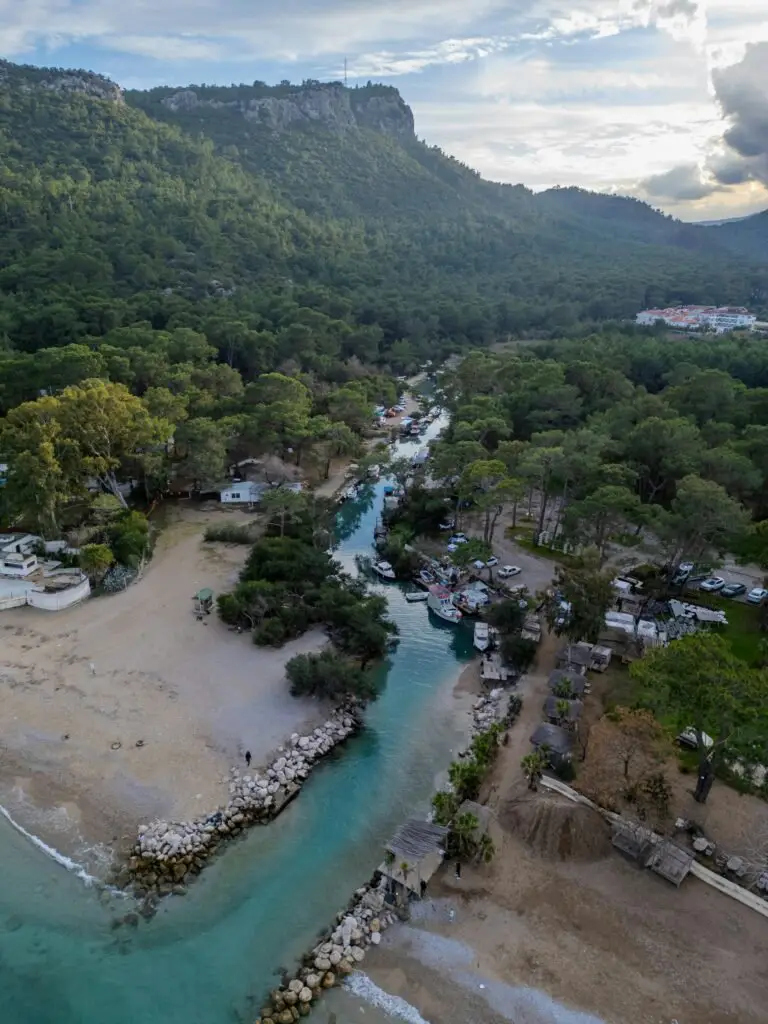
Maintenance and Troubleshooting
Regular Inspection and Cleaning
To maintain the performance and longevity of the bow thruster, regular inspection and cleaning are necessary. Inspect the thruster unit, tunnel, and electrical connections for any signs of wear, damage, or corrosion. Clean the thruster and tunnel, removing any debris, marine growth, or sediment. Regular cleaning and inspection help prevent potential issues and ensure that the bow thruster operates smoothly.
Lubrication
Proper lubrication of the bow thruster is crucial for its smooth operation. Consult the manufacturer’s guidelines for the recommended lubrication schedule and type of lubricant. Apply the lubricant to the necessary parts, such as bearings and gears, ensuring that they are adequately coated. Lubrication helps reduce friction, prevents corrosion, and extends the lifespan of the bow thruster.
Motor and Electrical Checks
Regularly check the motor and electrical components of the bow thruster for any signs of damage or malfunction. Inspect the wiring, connectors, and control panel for loose connections, corrosion, or wear. Test the motor’s functionality and analyze its performance. Any issues or abnormalities should be addressed promptly to prevent further damage or potential failures.
Common Issues and Solutions
There are common issues that bow thruster owners may encounter, such as overheating, insufficient thrust, or electrical problems. In case of such issues, it is recommended to refer to the manufacturer’s troubleshooting guide or seek professional assistance. Overheating may indicate a motor or electrical issue, while insufficient thrust may require adjustments to the unit’s positioning or upgrading to a more powerful thruster. Regular maintenance and addressing issues promptly can help resolve common problems and ensure the bow thruster’s reliability.
Benefits of a Bow Thruster
Enhanced Maneuverability
One of the primary benefits of installing a bow thruster is enhanced maneuverability. It allows you to have better control over your boat, making it easier to navigate through tight spaces, crowded marinas, or challenging docking situations. The sideways thrust generated by the bow thruster enables you to move the boat laterally, providing greater maneuvering options and reducing the reliance on wind and currents.
Improved Docking and Mooring
Docking and mooring your boat can sometimes be challenging, especially in adverse weather conditions or congested areas. A bow thruster significantly improves your ability to dock with precision and control. It aids in aligning your boat properly, compensating for wind or current drift, and reducing the risk of collision or damage to your boat or neighboring vessels. With a bow thruster, you can confidently handle docking scenarios, even in tight spaces or challenging angles.
Increased Safety and Control
Safety on the water is paramount, and a bow thruster can greatly contribute to enhancing your boating safety. It provides you with an additional tool to respond quickly and effectively to unexpected situations or emergencies, such as strong winds, currents, or other vessels in close proximity. The increased control offered by a bow thruster can help prevent accidents, reduce the risk of damage to your boat, and ensure the safety of all onboard.
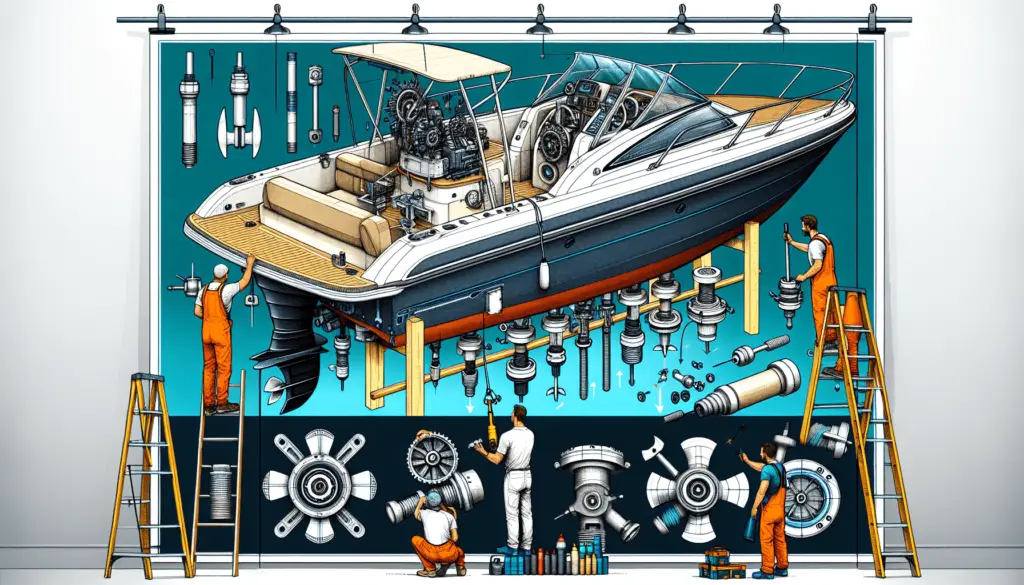
Tips for Using a Bow Thruster
Practice and Familiarize
It is important to spend time practicing and familiarizing yourself with using a bow thruster. Take your boat to an open area and practice different maneuvers, such as docking, turning, and pivoting. Experiment with different combinations of thruster and rudder inputs to understand how they interact and affect the boat’s movement. The more you practice, the more confident and skilled you will become in using the bow thruster effectively.
Use in Conjunction with Rudder
The bow thruster should be used in conjunction with the boat’s rudder to achieve the desired maneuverability. The rudder helps provide directional control, while the bow thruster aids in lateral movement. Coordinate the input from both the bow thruster and rudder to achieve the desired outcome during maneuvers. Practice and experiment with different combinations to find the most effective techniques for your specific boat.
Consider Wind and Current
Wind and current are significant factors that can affect your boat’s maneuverability, even with a bow thruster. Before attempting any maneuver, assess the direction and strength of the wind and current. Take them into account when planning your approach and adjust your thruster and rudder inputs accordingly. Understanding how wind and current influence your boat’s movement will enable you to make informed decisions and execute maneuvers more efficiently.
Communicate with Crew or Dock Assistants
When docking or maneuvering in close quarters, clear communication with your crew or dock assistants is crucial. Assign specific roles and responsibilities to each person, ensuring everyone understands their tasks and knows how to communicate effectively. Use hand signals or established verbal commands to coordinate your movements and avoid confusion. Clear communication ensures a safe and efficient docking or maneuvering process.
Conclusion
Enjoy the Benefits of a Bow Thruster
Installing a bow thruster on your boat can greatly improve your boating experience and provide numerous benefits, including enhanced maneuverability, improved docking and mooring, and increased safety and control. With the right planning, tools, and guidance, you can successfully install a bow thruster and enjoy its advantages on the water.
Stay Safe and Responsible
While a bow thruster adds convenience and maneuverability, it is essential to prioritize safety and responsible boating practices. Always adhere to local regulations, maintain proper safety equipment, and operate your boat with caution and consideration for others. With proper usage and regular maintenance, your bow thruster will continue to serve you well, ensuring many enjoyable and safe boating adventures.
